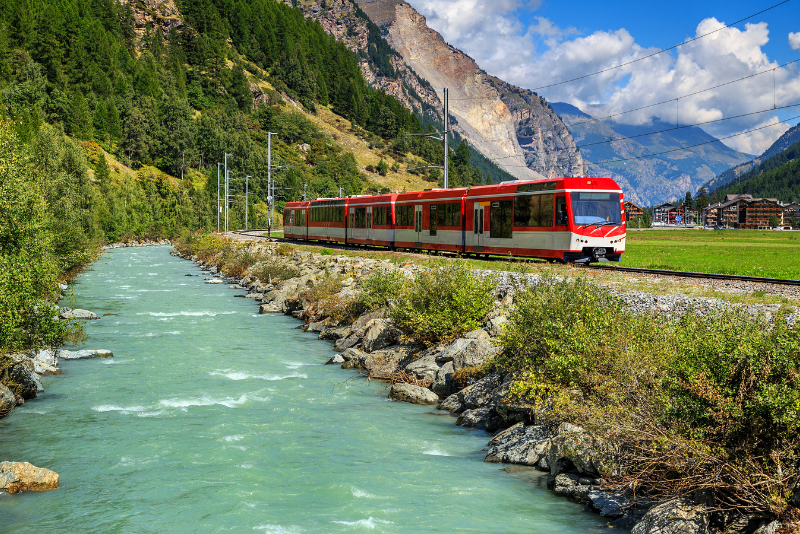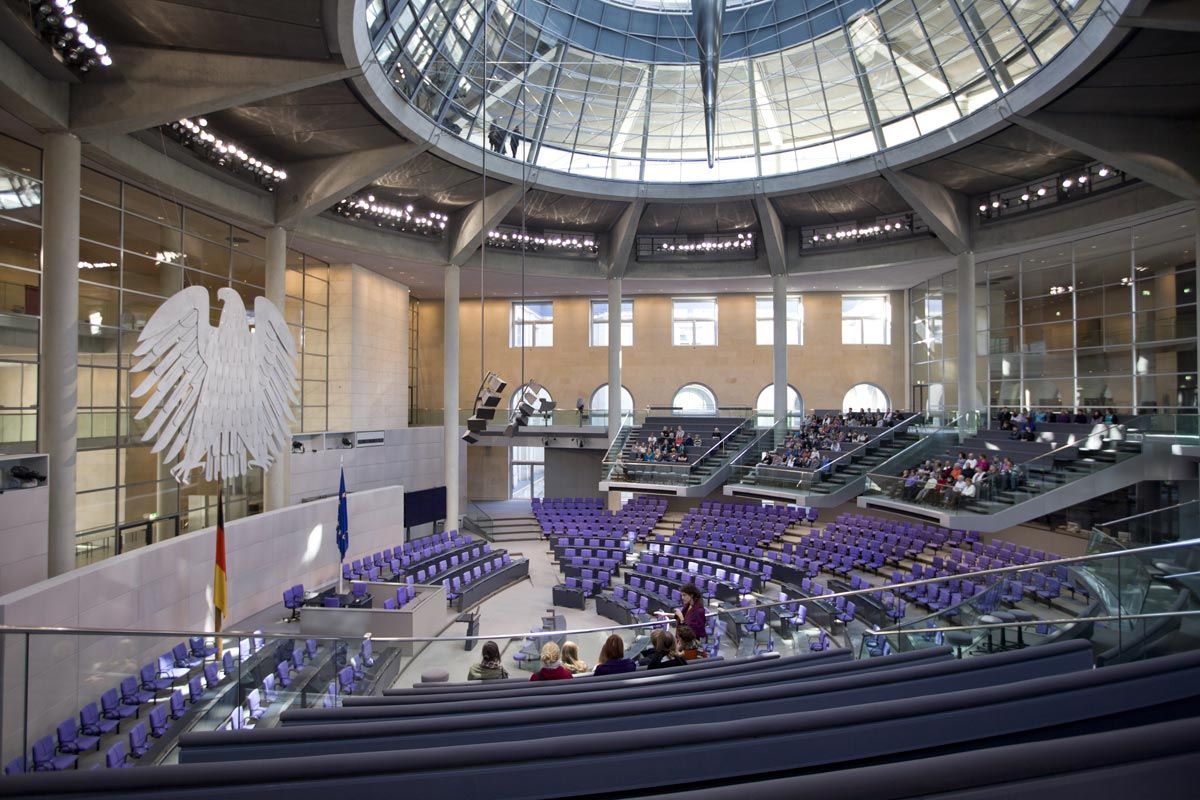
Description
Hightlights


Description
Hightlights


Description
Hightlights


Description
Hightlights


Description
Hightlights


Description
Hightlights


Description
Hightlights

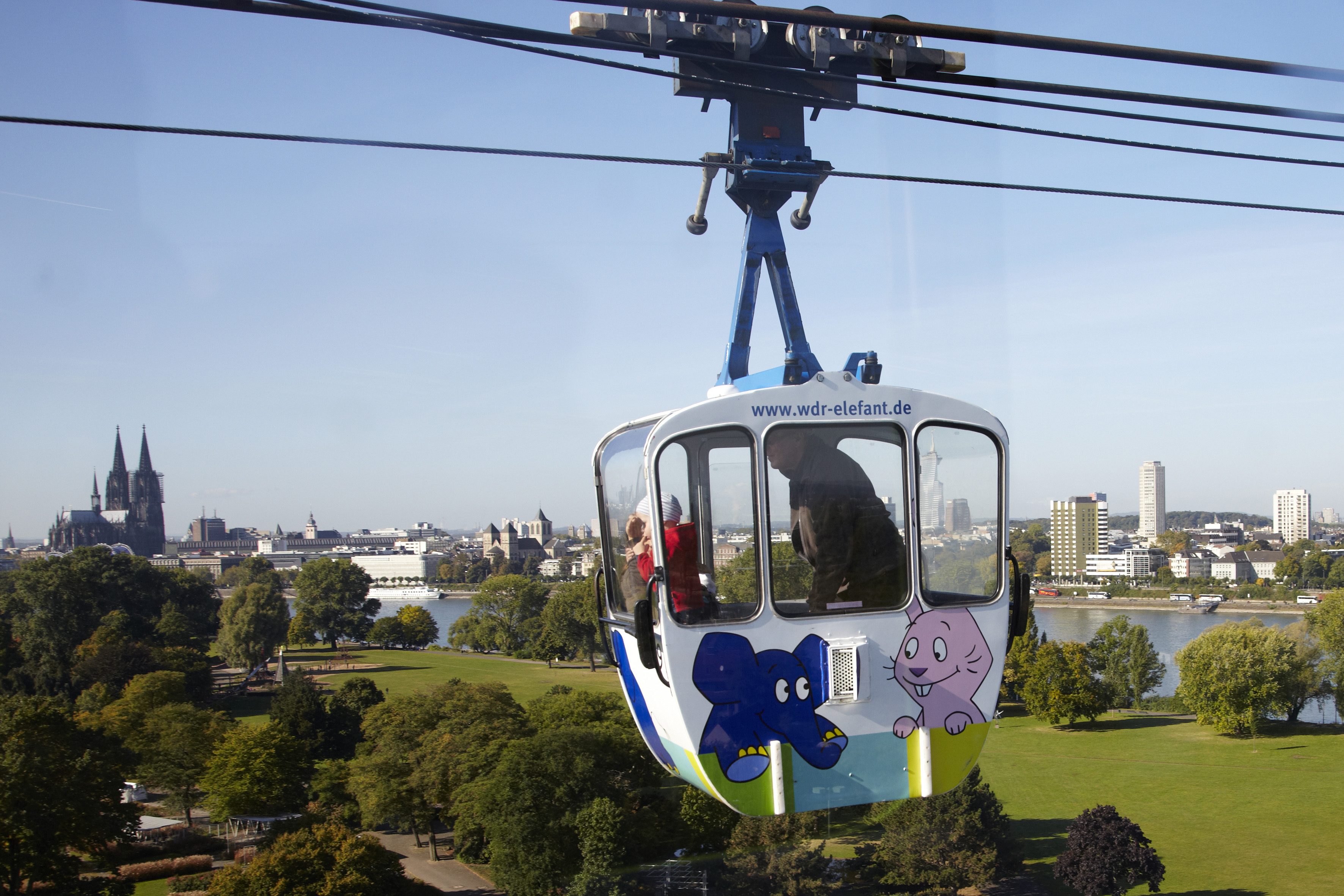
Description
Hightlights


Description
Hightlights
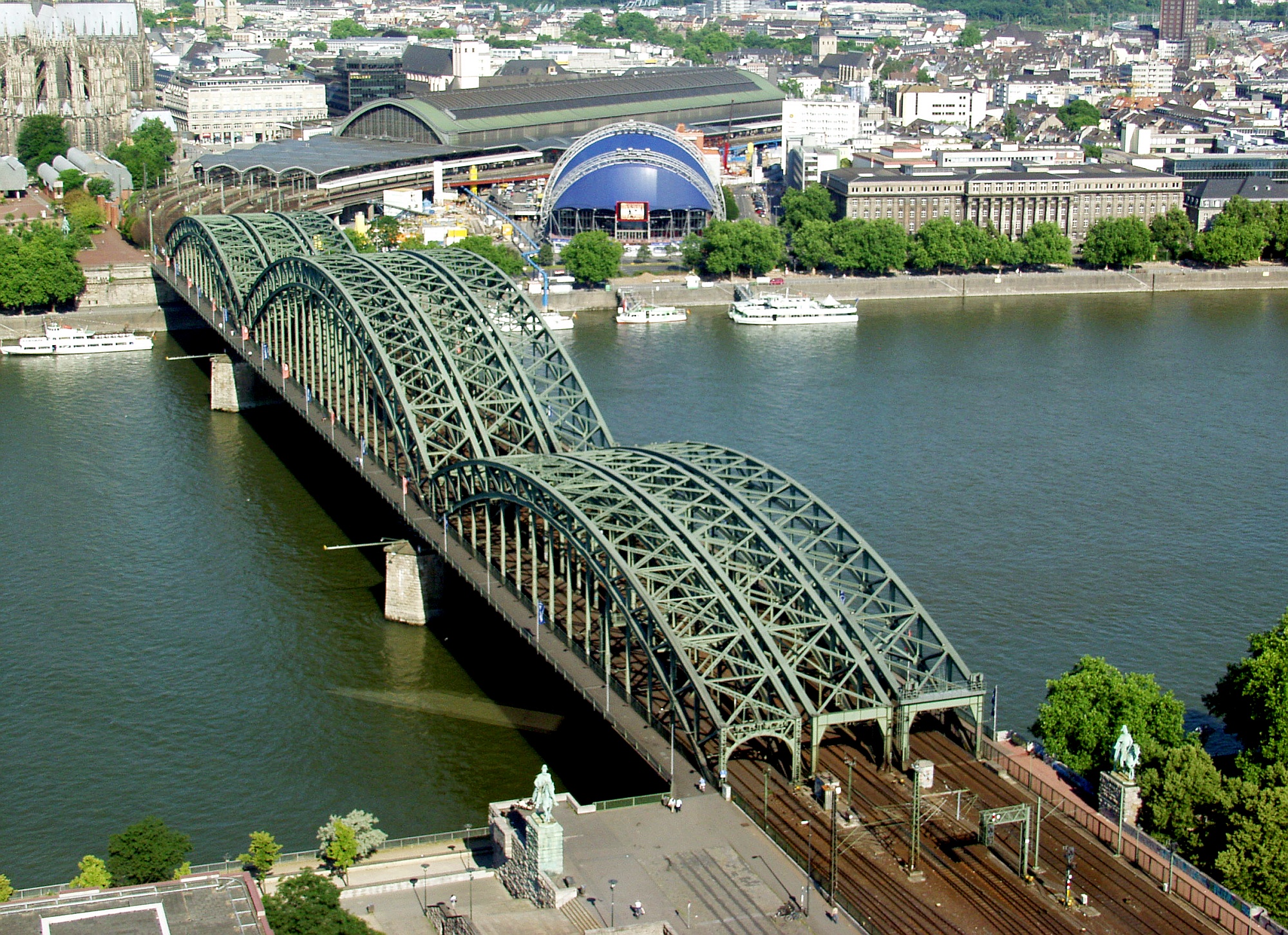

Description
Hightlights


Description
Hightlights


Description
Hightlights

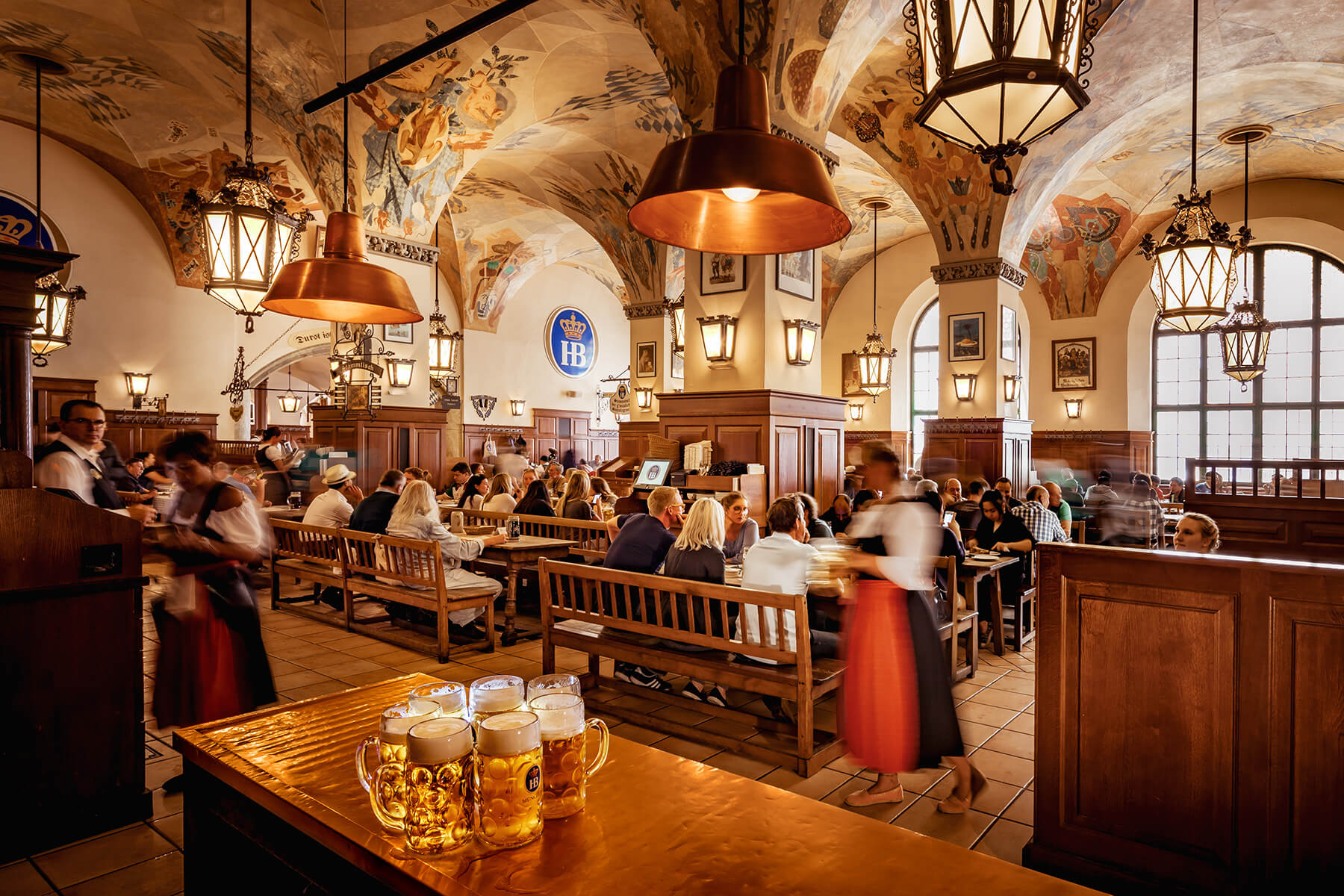
Description
Hightlights


Description
Hightlights


Description
Hightlights

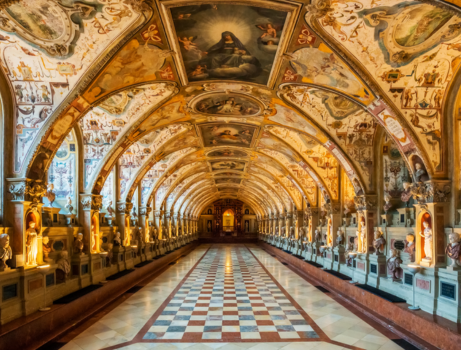
Description
Hightlights


Description
Hightlights


Description
Hightlights


Description
Hightlights

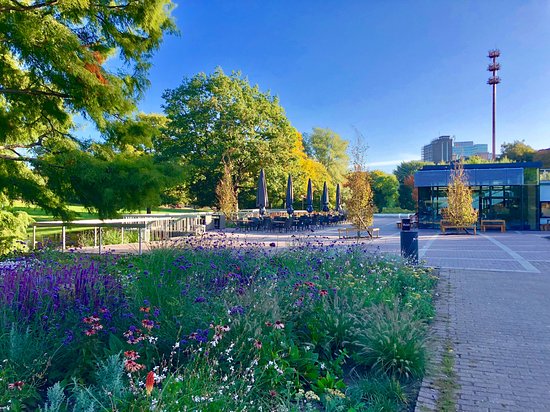
Description
Hightlights

